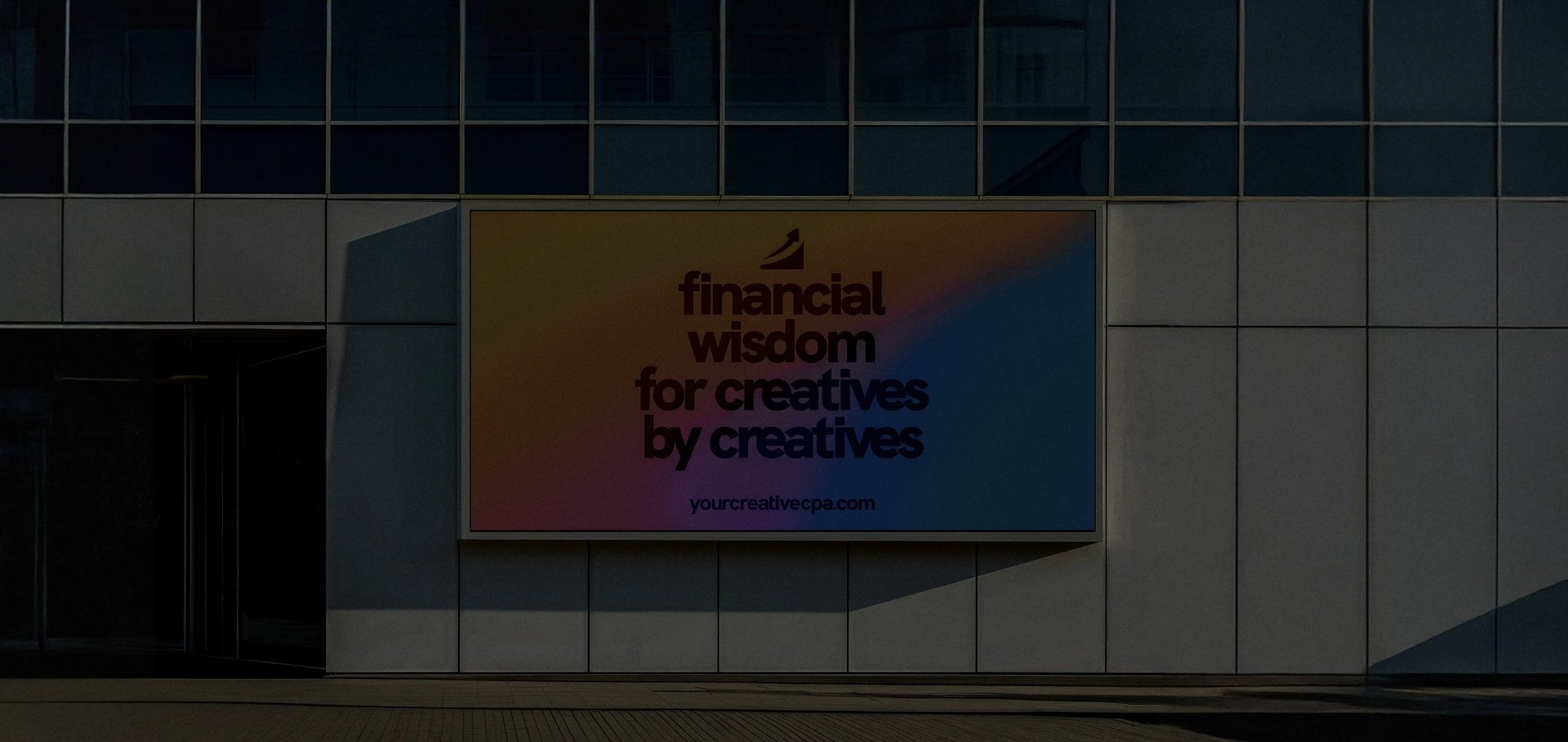
Easily Understand Your Finances With The Financial Health Check Template Today
What is a Cash Flow Statement?
Learn what cash flow is, how to create a cash flow statement, what cash flow statements are used for, and more.
HOMEPAGE - FEATURES - ROW 1BUSINESSINVESTINGACCOUNTING
David Kindness, CPA
8/1/2025



What is a Cash Flow Statement?
Published on July 31, 2025
Why you can trust Your Creative CPA
Our content is written and edited by industry experts who are creative entrepreneurs just like you. Learn more. We're human-first.
There are three main financial statements: the income statement, the balance sheet, and (drumroll please) ...The statement of cash flows. One of the most important financial statements used to assess liquidity and operational efficiency is the cash flow statement. But what exactly is a cash flow statement, and why is it so important?
In this guide, we’ll explain what a cash flow statement is, how it works, and why businesses rely on them to make informed financial decisions. We’ll also explore cash flow management strategies and how to improve cash flows.
By the end of this article, you’ll have a clear understanding of how cash flow statements function and how they can be used to improve financial stability.
Fast Facts About the Statement of Cash Flows
A cash flow statement tracks cash inflows and outflows over a specific period.
The statement is divided into three sections: operating activities, investing activities, and financing activities.
Positive cash flow means a company has more cash coming in than going out, while negative cash flow means the opposite.
It's one of the three core financial statements, alongside the income statement and balance sheet.
What is Cash Flow?
Cash flow refers to the movement of money in and out of a business. It represents a company’s ability to generate cash to pay expenses, reinvest, and return value to shareholders.
There are two primary types of cash flow:
Positive Cash Flow – When a business earns more than it spends.
Negative Cash Flow – When a business spends more than it earns (can be a red flag if sustained).
Cash flow is different from profitability—a company can be profitable on paper (per the income statement) but still struggle with cash shortages if receivables are delayed or expenses are high. This happens when purchases are made on credit, which means the income has been recognized, but cash hasn't been received yet.
What is a Statement of Cash Flows?
A cash flow statement is a financial report that summarizes how cash enters and leaves a business during a given period. It helps stakeholders understand:
Where cash is coming from: Product sales, creative services, ad revenue, investments, etc.
Where cash is going: Paying employees or contractors, gear purchases, supplies, subscriptions, education expenses, utilities, rent, etc.
Whether the company can sustain operations and grow: While a positive cash flow indicates the ability to grow, a negative cash flow could signal issues with sustainability.
A statement of cashflows is broken down into three main sections. Let's break down each one below:
The Three Sections of a Cash Flow Statement
Cash Flow from Operating Activities
Cash flow from operating activities represents cash inflows and outflows related to core business operations. Cash inflows include revenue from services, product sales, royalties, or any other income directly related to your business. Cash outflows include payments to suppliers, gear purchases, studio rentals, employee salaries, contractor fees, marketing expenses, and more.
Cash Flow from Investing Activities
Cash flow from investing activities includes cash generated (or lost) from investments in stocks, bonds, treasury bills, debt securities, real estate investments, etc. Buying and selling equipment and real estate for your business - and the income or losses resulting from it - can also count as cash flow from investing activities.
Cash Flow from Financing Activities
Financing activities include inflows and outflows from borrowing money (debt, lines of credit, mortgages, etc), issuing stock to private investors or on the public market, or paying dividends to shareholders. Essentially, any cash you raise in investments or have a responsibility to repay, counts as cash flow from financing activities.
How to Create a Cash Flow Statement
Cash flow statements can be prepared using a few different methods, including spreadsheet software (Excel, Google Sheets, Open Office, etc), accounting software (Quickbooks, Zero, etc), or on paper (but who's doing all that?). For those with the budget, an accountant or accounting firm can handle this process entirely, too.
For most small business owners, the most efficient method is using accounting software, but this generally comes with subscription costs that may not suite everyone. Using spreadsheets is less efficient, but it can be done for free. If you only need to prepare a cash flow statement once a year or a few times per year, then spreadsheets could work great for you.
There are two main methods used to prepare a cash flow statement: the direct method and the indirect method. We'll break these down briefly here:
The Direct Method: The direct method lists actual cash receipts (inflows) and payments (outflows) to calculate your net cash inflow or outflow. This method is less common, but it provides a more detailed look into where cash is coming from and going to..
The Indirect Method: The indirect method starts with net income and then adjusts for non-cash transactions. This method is faster and more common, making it a popular choice for small business owners seeking to understand cash flow without investing tons of time and money into the process. To get started with the indirect method, determine your net income, which is listed on the bottom of your income statement.

"A cash flow statement is a financial report that summarizes how cash enters and leaves a business during a given period."


How to Improve Cash Flow
Maintaining healthy cash flow is essential for business survival. Here are some strategies to optimize cash inflows and minimize outflows.
How to Maximize Cash Inflows
Accelerate Receivables: Offer discounts for early payments or enforce stricter credit terms.
Diversify Revenue Streams: Introduce new products/services to boost income.
Improve Inventory Turnover: Sell slow-moving stock to free up cash.
Secure Financing: Use business loans or lines of credit to cover short-term gaps.
How to Minimize Cash Outflows
Negotiate Better Terms with Suppliers: Extend payment deadlines or bulk-order discounts.
Cut Unnecessary Expenses: Audit spending and eliminate non-essential costs.
Lease Instead of Buy: Avoid large upfront costs for equipment.
Optimize Tax Payments: Use tax deductions and credits to reduce liabilities.
What is a Cash Flow Forecast?
A cash flow forecast is a projection of future cash inflows and outflows. This helps businesses plan for financial needs and avoid getting caught lacking cash.
Why Forecasting Matters
Anticipates cash shortages before they occur, giving you time to plan ahead.
Supports budgeting and financial planning, improving your financial situation.
Helps secure financing from banks or investors by demonstrating future cash flow stability.
How to Create a Cash Flow Forecast
Estimate future sales and income based on historical data, knowledge of future projects, and market trends.
Project expenses, including fixed expenses like rent and payroll and variable costs like inventory, utilities, and gear purchases.
Adjust for seasonality by accounting for fluctuations in revenue and expenses, especially if your business is fully or semi-seasonal.
Update forecasts regularly by revise forecasts monthly or quarterly for accuracy.
The Bottom Line
A cash flow statement is a vital financial tool that reveals how a business generates and spends cash. Unlike an income statement, it focuses on actual liquidity, making it essential for assessing financial health.
By understanding cash flow management, businesses can optimize operations, secure funding, and ensure long-term sustainability. Additionally, cash flow forecasting helps companies prepare for future financial challenges.
Whether you're a business owner, investor, or financial professional, mastering the cash flow statement will empower you to make smarter financial decisions.
Frequently Asked Questions (FAQs)
What is the difference between cash flow and profit?
Profit is revenue minus expenses (recorded on the income statement), while cash flow tracks actual money movement. A business can be profitable but still face cash shortages if receivables are delayed.
Why is a cash flow statement important?
It helps businesses and investors understand their liquidity, operational efficiency, and financial stability. Creditors also use it to evaluate loan repayment capacity.
How often should a cash flow statement be prepared?
Public companies must file quarterly and annual cash flow statements. Small businesses should review them monthly for better financial control.
Can a company have negative cash flow but still be profitable?
Yes, if a company invests heavily in growth (e.g., buying equipment) or has delayed customer payments, it may report profits but negative cash flow temporarily.
What’s the best way to improve cash flow?
Strategies include accelerating receivables, reducing unnecessary expenses, negotiating better supplier terms, and maintaining a cash flow forecast to anticipate shortages.
Disclaimer: the information provided in this article is for educational purposes only and does not constitute tax, accounting, investing, legal, or financial advice. The information in this article does not take into account your unique financial or business situation or goals, and YCCPA cannot be responsible for reader's financial decision-making. YCCPA's goal is to educate and support you on your creative business journey.
Written by David Kindness, CPA
David is a CPA (Certified Public Accountant) and professional photographer, videographer, and designer based in San Diego, California. Learn more.
Supported by Ads
Your Creative CPA is supported by the ads you may see in our articles and guides. These ads help us serve creatives like you.







Created by David Kindness
© 2025 Your Creative CPA | Terms
type1wild.com partner
Exclusive guides and tools for creatives, right to your inbox.









